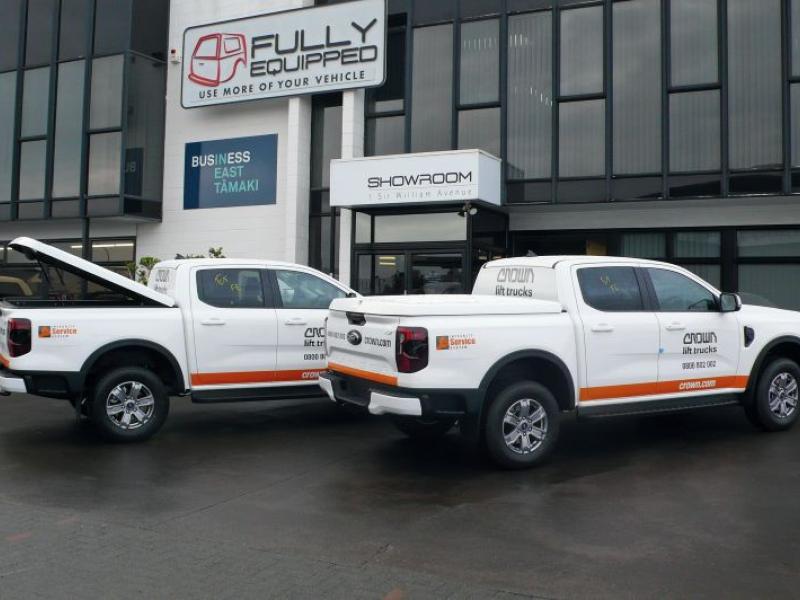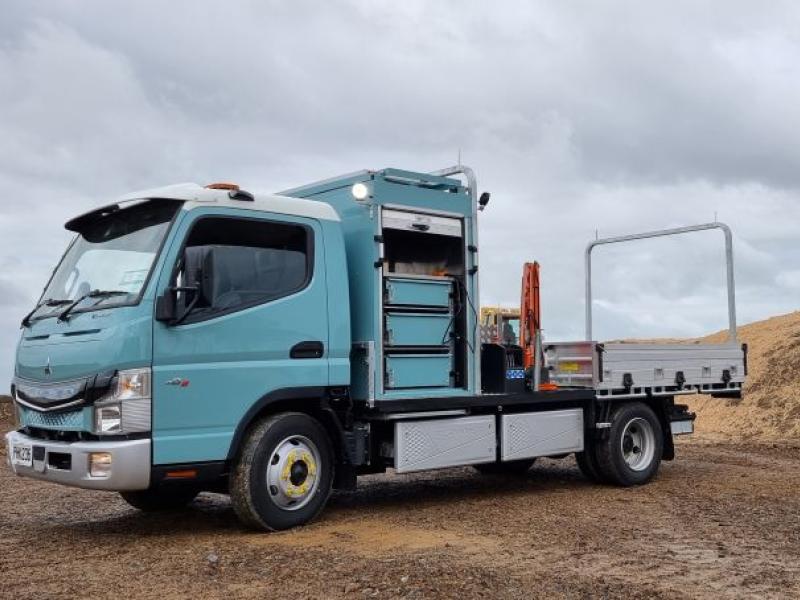Well, it’s finally arrived, and we can tell you the new Toyota Hilux is everything it’s claimed to be, and maybe a bit more, says John Oxley.
It’s been a long time coming, with 10 years since the last major change, and the delays in upgrading the Toyota Hilux have resulted in the iconic utility being toppled from its perch at the top of the sales tree.
Does that mean there’s going to be a price war as the Japanese giant bounces back at the interloper, the Ford Ranger, to regain sales leadership?
Certainly not, says Toyota NZ’s marketing boss Steve Prangnell. “Our strategy is to focus on selling Hilux well, not selling at all costs,” he said at the launch of the new vehicle in Palmerston North.
Steve said one of the advantages the Ranger had over the previous Hilux was that there was a high riding 2WD double cab in its range, which Toyota did not have, and this was where it had been able to gain sales.
However, the new Hilux was being launched with the widest model range yet seen in New Zealand – 21 in total – including both high and low-riding double cab utes to suit various market needs, and also includes powerful 4-litre V6 petrol versions in the line-up.
However, the main thrust will be in diesel, and to that end a new 2.8-litre turbo-diesel engine has been developed, with outputs of 123kW/343Nm (5-speed manual), 130kW/420Nm (6-speed manual), or 130kW/450Nm (6-speed automatic) on 2WD models, and either 130kW/420Nm (6-speed manual) or 130kW/450Nm (6-speed automatic) on 4WD versions.
The 5-speed manual, used in the entry level models, is the same as in the outgoing Hilux, but the 6-speed is brand-new, and features a new selectable i-MT mode which smooths out gear changes, while the 6-speed automatic, also new, includes smart technology which detects hill descents and adapts to driving styles.
The styling of the new Hilux is cleaner and more modern than the one it preplaces, and sees a longer nose and flared wheel arches, as well as having 45 percent more spot welds for greater strength and rigidity.
The ladder chassis is also all-new. It’s 20 percent more rigid, has more mounting points for the body, and has wider side rails, as wide as those on the Prado. At the same time underbody plates are 40 percent thicker, and cover 30 percent more vulnerable areas.
The suspension came in for Australasian development, and has independent double wishbone front suspension and a leaf-sprung rear axle with longer and wider leaf springs which improve articulation by 20 percent.
While all this is exciting, it’s the interior which is perhaps the most radical, with faux hand-stitched dashboards, premium materials, and a big seven-inch iPad-look centre console that doubles as the screen for the reversing camera – fitted across the range – as well as for the sat-nav, where fitted, and the audio controls.
NVH has been improved, while 4WD models get a locking rear diff. They also have better ground clearance (286mm) and better approach and departure angles (31/26 degrees).
Inside the new Double Cab versions are more comfortable, with two glove boxes, one of them cooled by the aircon, 10 grab handles, extra 12V power points and a 220V outlet.
Trim ranges from fabric through to leather, and there’s a new top-end SR5 Limited model which has all the bells and whistles, as well as a high-riding 2WD range in various trim levels which Toyota has called PreRunner. A further change is that the Extra Cab models now feature four-door access, with the rear ones forward-opening.
All Hilux models now come with a five-star ANCAP rating, and include trailer sway mitigation as well as automatic emergency stop lights, but there is no hill descent control.
Tow ratings vary depending on the model, ranging from 2.5 tons for the low-riding 2WD, through 2.8-tons for PreRunner models, 3-tons for the patrol versions, 3.2 for the auto 4WDs to 3.5 tons for the manual 4WDs.
Impressions
There’s no doubt these are the best Hiluxes yet. We managed to get out hands on a good cross-section of the range, and found that all gave better and quieter ride, better road holding and handling, and a lot more power.
Our pick of the bunch is obviously the top-line SR5 Limited model, but we also were impressed with the less-expensive models, while the 175kW/376Nm V6 petrol gives instant power and torque when you most need it.
There are four trim levels in 2WD – manual-only S, featuring 16 inch wheels, cruise control, reversing camera and tilt and reach steering wheel adjustments, reversing camera, seven-inch display, and carpets, as well as a full suite of safety electronics and seven airbags, through SR, which adds 17 inch wheels, PreRunner, and wider spats, SR5, with 17 inch alloy wheels, satnav, LED headlamps, climate aircon, front fog lamps, and an extra power outlet, including 220V, to the top-end SR5 Limited, with 18 inch alloy wheels, leather seat trim, electric driver’s seat, and extra trim.






